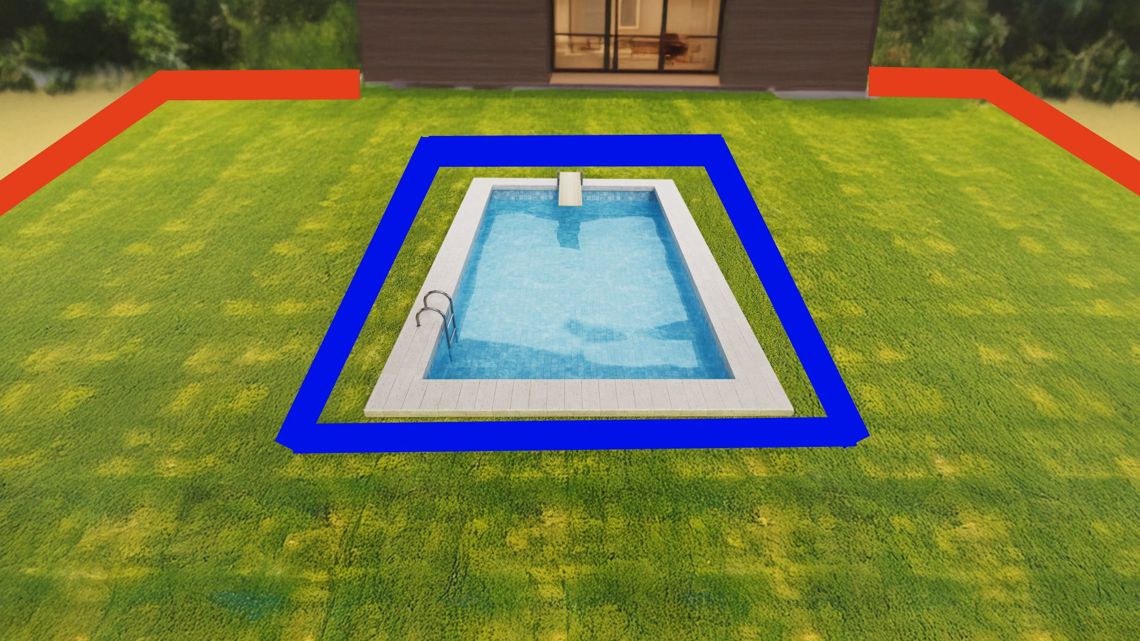How Long To Wait Before Swimming
:max_bytes(150000):strip_icc()/pool-GettyImages-746026237-2000-fdf1bcebc5e842758ed21f8e8f6d7054.jpg)
A pool that hasn’t been used for a while needs to be prepped, or “shocked,” before you can jump in and splash around or do laps. Shocking is crucial for removing any pathogens in the water and making a pool safe for swimming.
It also involves using heavy-duty chemicals, including chlorine, so it’s best to wait at least 24 hours after you shock a pool to go swimming. Going in too soon can potentially cause skin, eye, and even lung problems. Here’s what to know before you take the plunge.
Pool shock is a process and a product to carry out that process. Shocking a pool involves “the process of adding chemicals to the pool to make water composition ideal for chlorine or non-chlorine alternatives to work best,” Jamie Alan, PhD, an associate professor of pharmacology and toxicology at Michigan State, told Health.
The goal of shocking the pool is to raise the level of “free chlorine” to a point where things like algae and bacteria are destroyed. Free chlorine is chlorine that hasn’t yet neutralized harmful gunk in the pool.
The product Pool Shock is also known as calcium hypochlorite. Other chemicals, such as chlorinated isocyanurates—like trichloroisocyanuric acid or potassium dichloroisocyanurate—can also be used for pool shock.
In general, it’s recommended that you wait up to 24 hours to get into a pool after it’s been shocked, depending on the pool size, said Alan. You can also determine when to get in the pool after testing pH and chlorine levels.
Alan said it’s a good idea to test the water’s pH and chlorine to ensure they’re in the right range before you or anyone else enters the pool. A good chlorine level is between 1.0 and 4.0 parts per million, and the pH should be between 7.2 and 7.8.
Getting into a pool with shock can have a few potential issues, mainly with your eyes and skin. At a minimum, exposure can cause eye or skin irritation.
Medical attention is important following exposure to pool-shocking chemicals. Other potential symptoms of potential pool cleaner poisoning from ingesting, breathing, or touching it can include:
- Bloody stools
- Collapse
- Difficulty breathing
- Holes in skin or skin tissues
- Low blood pressure
- Organ damage from too much or too little blood acid levels
- Skin burns
- Severe stomach or throat pain
- Severe nose, eye, ear, lip, or tongue burning or pain
- Throat swelling
- Vision loss
- Vomiting or nausea
Shocking a pool with chemicals helps keep it safe for swimming by increasing chlorine levels to a point where they kill bacteria. Because of this process, you’ll have to wait 24 hours or more after a pool has been shocked to enjoy the water.
Entering a shocked pool too soon can result in side effects such as breathing, digestive, eye, and skin problems. These effects all require medical attention and care, so see a healthcare provider if you have exposure to pool chemicals.
link








